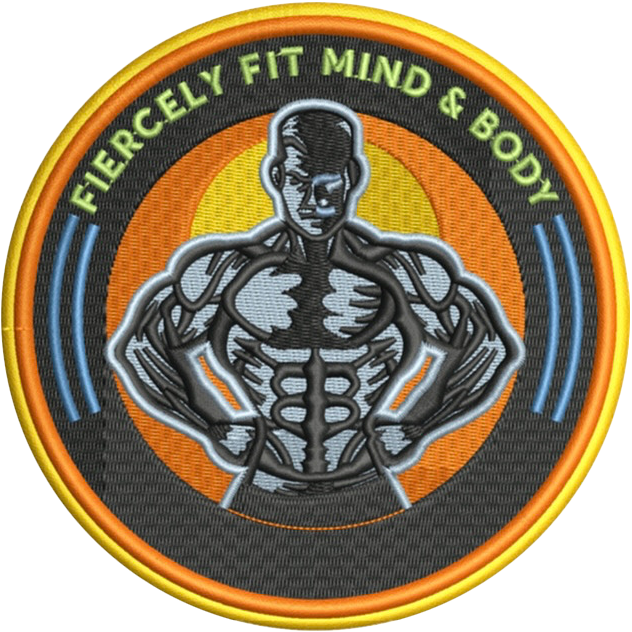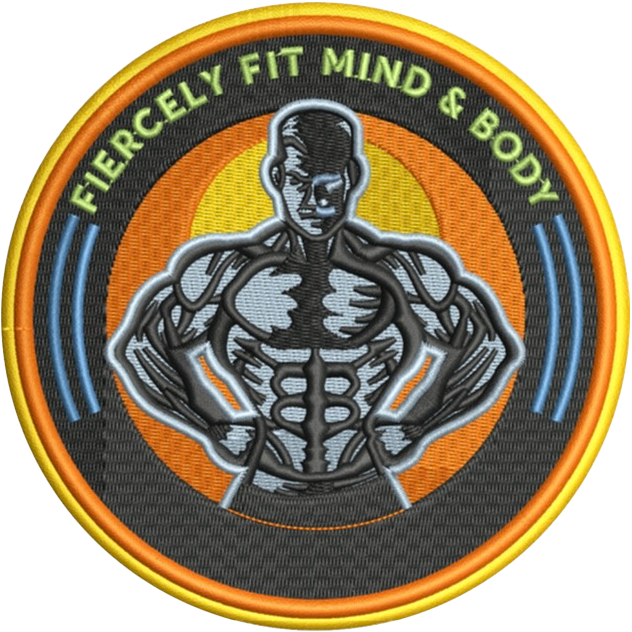posted 7th September 2025
Wearing a weight lifting belt can have several benefits and potential consequences, particularly when it comes to heavy lifting and the Valsalva maneuver. Let’s dive in:
Benefits
1. Increased Intra-Abdominal Pressure: A weight lifting belt provides support to the abdominal area, which can help increase intra-abdominal pressure. This pressure stabilises the spine during heavy lifts, potentially reducing the risk of injury.
2. Enhanced Stability The lifting belt can help improve core stability and support the lower back. This is particularly beneficial during compound movements like squats and deadlifts, where the spine is under significant load.
3. Improved Lifting Performance: Some lifters find that wearing a belt allows them to lift heavier weights due to the additional support it offers. This can lead to improved performance in strength training.
4. Encouragement of Proper Breathing Techniques: When using a weight lifting belt, lifters often engage in this he Valsalva manoeuvre, which involves taking a deep breath and holding it while lifting. This technique can enhance stability and strength during the lift.
Consequences
1. An Unhealthy Reliance on the Belt: Lifters may become dependent on the belt for support, which can hinder the development of core strength over time. It’s essential to train the core muscles independently to maintain overall stability and strength.
2. Improper Use: A Wearing a belt incorrectly or using it for every lift, including lighter weights, can lead to poor lifting performance and may increase the risk of injury.
3. Disruption of Natural Breathing: The Valsalva manoeuvre, while beneficial for stability, can lead to a temporary increase in blood pressure. For some individuals, especially those with pre-existing health conditions, this may pose risks.
4. False Sense of Security: Lifters might attempt to lift weights they cannot safely handle because they feel more secure with a belt, which can increase the risk of injury.
Valsalva Maneuver
The Valsalva maneuver is performed by taking a deep breath and holding it while lifting, creating intra-abdominal pressure. This technique is crucial when using a weight lifting belt, as it helps stabilize the spine and provides a stronger base for lifting. However, it should be executed with caution, as improper use can lead to adverse effects, such as dizziness or spikes in blood pressure.
In summary, while a weight lifting belt can provide significant benefits, it is essential to use it wisely and maintain a balanced approach to strength training that includes developing core strength without reliance on external support. This

